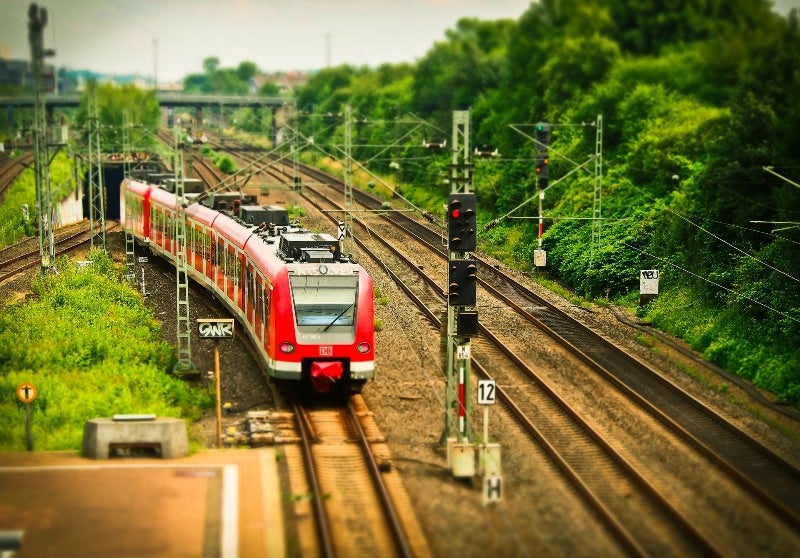
British rail operator South Western Railway (SWR) is hosting a public drop-in event for a pilot solar energy project, to be launched by Riding Sunbeams, to power trains through connecting solar panels directly into the railway system as traction current, without first distributing it to the grid.
During the event in August, people can find out more about the scheme.
The Riding Sunbeams project is the first of its kind in the UK rail industry. It was developed alongside climate change charity 10:10 and is aimed at developing renewable energy sources to reduce emissions and future transport running costs.
For the pilot project, Riding Sunbeams and other project stakeholders will install 135 solar panels on vacant land near Aldershot Station on the London Waterloo-Alton line.
The 30kWp ‘First Light’ demonstrator photovoltaic (PV) array will connect to an ancillary transformer on the traction system to power lights and signalling equipment.
10:10 will use the data to design and test systems that can directly supply solar power to the DC traction network.
The project is being taken up in collaboration with 10:10, Community Energy South and Network Rail, as well as a consortium of specialist engineering, renewable energy consultants and university departments.
Innovate UK and the Department for Transport are funding the project.
According to 10:10, solar traction power could provide 10% of the energy required to power trains on the UK’s third-rail 750V DC electrified lines every year.
In 2017, the charity conducted six feasibility studies across south-west Britain to study how small, community-owned solar farms alongside railways could supply renewable power directly to the tracks to power trains.
The study found that solar traction power was technically and financially feasible.
The project initially explored the use of a DC-DC inverter to develop a direct connection from solar panels to traction substations on the DC rail network. However, 10:10 found that this was not feasible due to the unavailability of equipment.
Instead, existing equipment will be used to connect to the 33kV AC feeder systems that carry power from the grid supply points (GSPs) to the substations, which supply DC power to the third-rail.
Based on the results of the real-world application, larger solar projects could be rolled out across the network.



